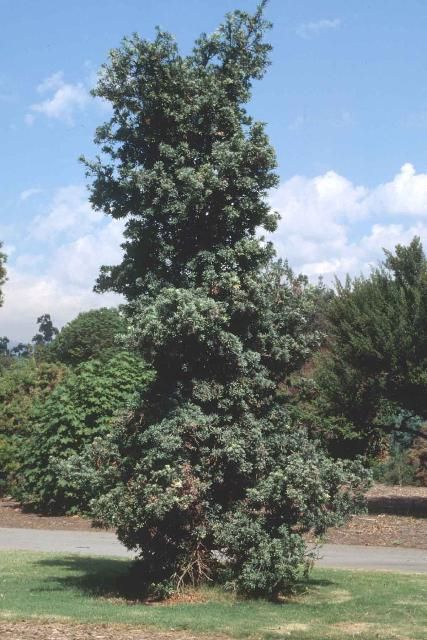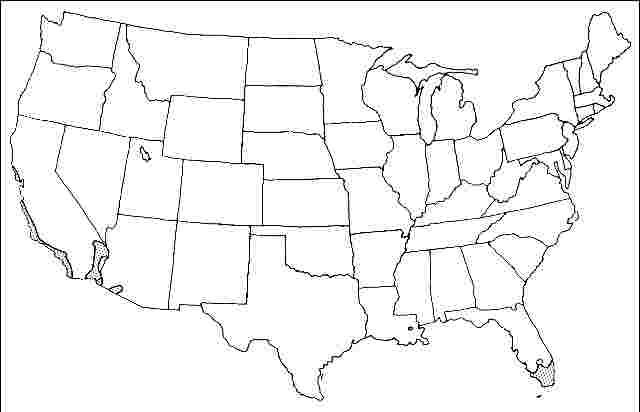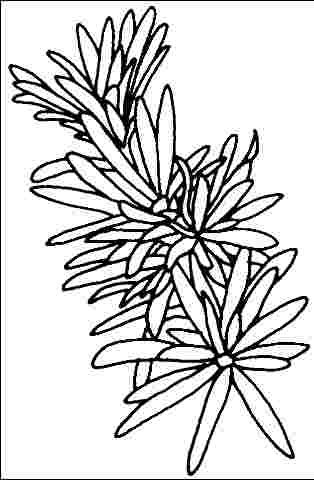Introduction
Podocarpus latifolius grows in an upright, weeping habit to 100 feet tall in its native habitat, but in open landscapes may be much smaller. It would be a good selection for narrow overhead spaces due to the narrow branch crown. The blue-green foliage and striking habit make this an obvious candidate for planting as a specimen in a formal landscape. Unfortunately, it is not available in the nursery trade.

Credit: Ed Gilman
General Information
Scientific name: Podocarpus latifolius
Pronunciation: poe-doe-KAR-pus lat-ih-FOLE-ee-us
Common name(s): Podocarpus
Family: Podocarpaceae
USDA hardiness zones: 10A through 11 (Fig. 2)
Origin: not native to North America
Invasive potential: little invasive potential
Uses: specimen; highway median; screen
Availability: not native to North America

Description
Height: 40 to 75 feet
Spread: 25 to 35 feet
Crown uniformity: symmetrical
Crown shape: pyramidal
Crown density: dense
Growth rate: slow
Texture: fine
Foliage
Leaf arrangement: opposite/subopposite (Fig. 3)
Leaf type: simple
Leaf margin: entire
Leaf shape: linear, oblong
Leaf venation: none, or difficult to see
Leaf type and persistence: evergreen
Leaf blade length: less than 2 inches
Leaf color: green, blue or blue-green
Fall color: no color change
Fall characteristic: not showy

Flower
Flower color: unknown
Flower characteristics: not showy
Fruit
Fruit shape: irregular, round
Fruit length: .5 to 1 inch
Fruit covering: fleshy
Fruit color: green
Fruit characteristics: does not attract wildlife; not showy; fruit/leaves not a litter problem
Trunk and Branches
Trunk/bark/branches: branches droop; not showy; typically one trunk; thorns
Pruning requirement: little required
Breakage: resistant
Current year twig color: green
Current year twig thickness: thick
Wood specific gravity: unknown
Culture
Light requirement: full sun, partial sun or partial shade
Soil tolerances: clay; sand; loam; acidic; well-drained
Drought tolerance: moderate
Aerosol salt tolerance: unknown
Other
Roots: not a problem
Winter interest: no
Outstanding tree: yes
Ozone sensitivity: unknown
Verticillium wilt susceptibility: unknown
Pest resistance: unknown
Use and Management
The tree prefers a rich, moist soil, and benefits from irrigation in dry weather. Trees benefit from a layer of mulch extending beyond the edge of the branches. This keeps roots cool and reduces moisture loss from the soil. Grows in full sun or the shade on the north side of a building. This tree has not been grown in nurseries but should be tried.
Pests and Diseases
The tree has not been grown much and the pest and disease problems are poorly understood.